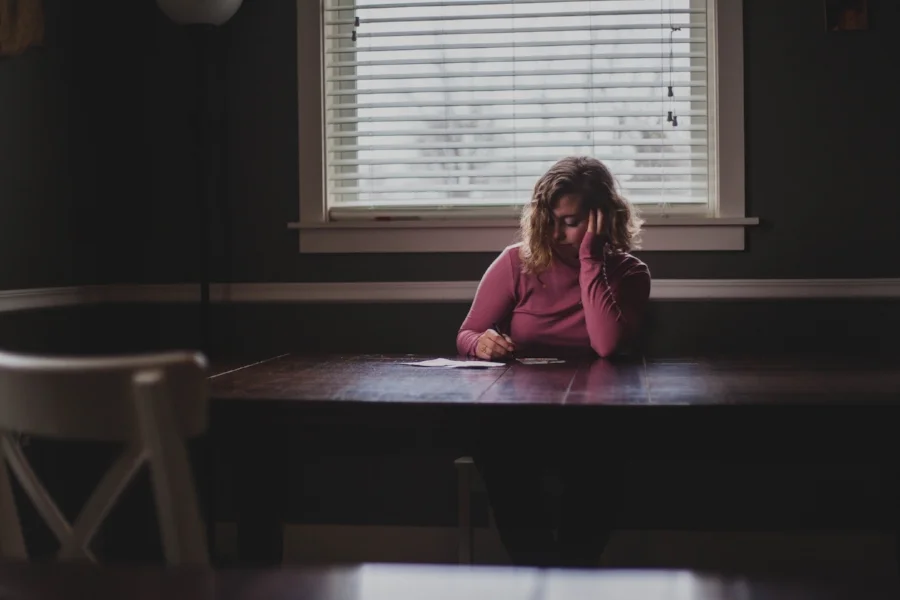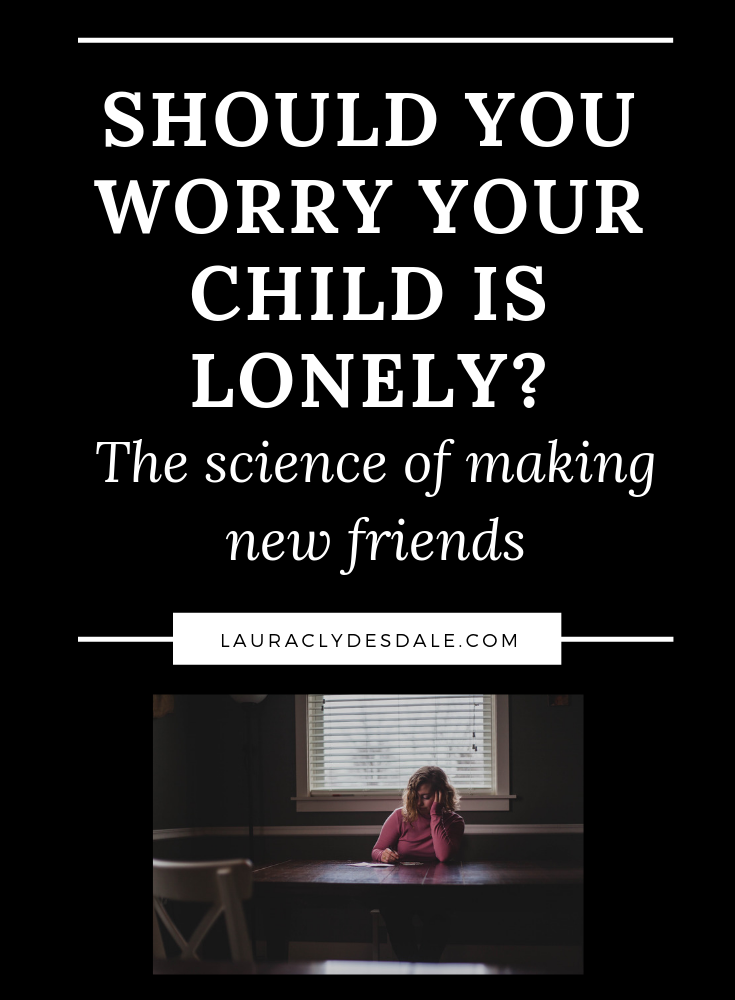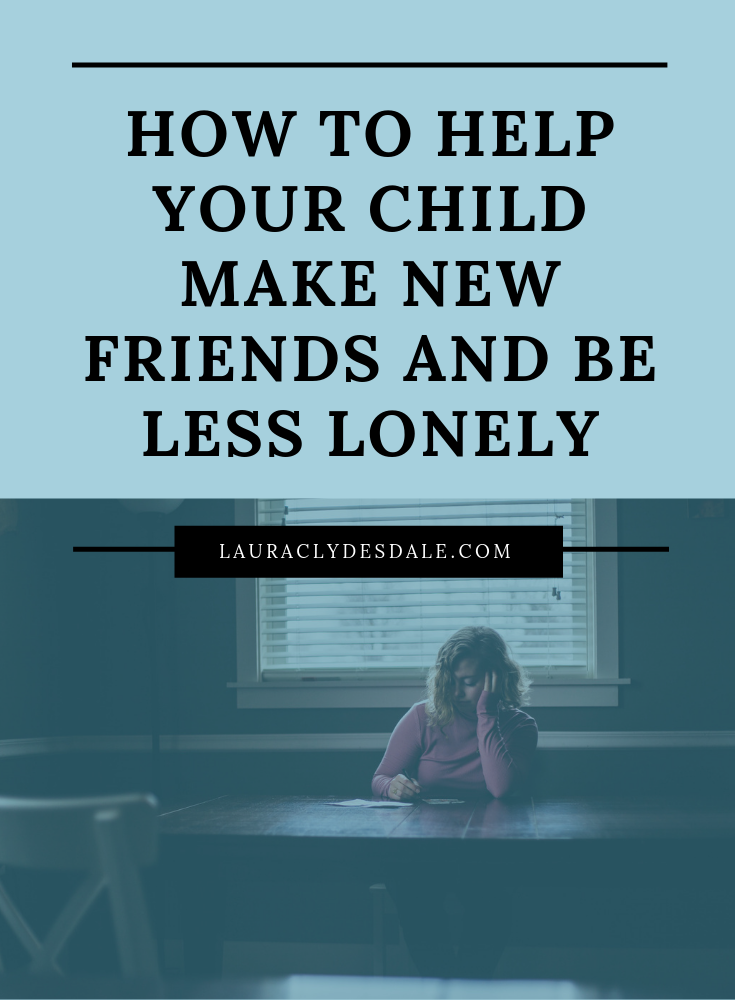Think back to a time in your youth when you started a new school. It was terrifying, right?
My daughter started high school this fall. She went from a tiny middle school to a ginormous urban public high school with over 3,200 students.
I asked her what the toughest part of the transition has been since her new decisions now include:
Navigating five separate buildings to find her classrooms without being late
Taking public transportation to and from school along with the rest of the rush hour patrons - finding a seat and sometimes not.
Discovering the thrills and perils of an open campus for lunch. Which restaurants offer something fast and nutritious while also being uncrowded enough to get the food, eat it, and make it back in time for fourth period? Oh, and she has to manage her budget since she only gets a certain amount for the whole week and can supplement with home-packed lunches.
She chose “none of the above.”
“I know this sounds weird, but the worst is that I don’t know ANYone! It’s so lonely,” she said.
A new study by Cigna alarmed many when they discovered that young people were reporting rates of loneliness at far higher rates than older adults. This has never happened before. A shocking quarter of the population now says they have no one to talk to.
Increasingly, young people are feeling lonely in a crowd.
Although it would be easy to blame social media, the same study found that the heaviest users of social media reported similar feelings of loneliness to those who hardly used it. Social media is not the culprit. Nor is it the solution whereby one can feel connected by merely clicking a few buttons.
This is a face-to-face problem. My daughter, who is now navigating an assault of grown-up stimulation on a daily basis, believes these are nothing compared to what she feels is the mortal threat of not having friends.
She is right.
The most extended longevity study, called the Harvard Study on Adult Development, identifies close connections as being the key to a life of happiness and health. Not wealth. Not fame. Just good relationships. Robert Waldinger says, “People who are more socially connected to family, to friends, and to community, are happier, they’re physically healthier, and they live longer. Social connections are really good for us and loneliness kills.”
Other research in this area draws the same conclusion. Women with early-stage breast cancer were four times more likely to survive if they had many close connections. Having a strong social support system as they navigated one of the toughest time in their lives, literally saved them.
What is it about social connections which make them our lifeblood?
Julianne Holt-Lunstad, a researcher at Brigham Young University, discovered the specific keys of social life which increase longevity:
- How many close relationships do you have? - These are the people you can call in the middle of the night. The magic number is at least three stable relationships
- How often do you socially integrate? - How much do you interact with people as you move through your day? In other words, make sure you talk to that person standing behind you in the grocery line!
Honestly, I’m not worried about my 14-year-old daughter’s longevity (not yet, anyway) but, as we can see, the awful stress of loneliness takes a tremendous toll - in actual years. She was relieved to hear her fear wasn’t as ‘weird’ as she had thought and not babyish at all. In fact, not having friends is biologically taxing for everyone.
My daughter would have to turn to good ole’ fashioned face-to-face human contact to feel better about her days. She has many friends outside of school, but as robust as those friendships are, they wouldn’t solve her 8:30am-3:30pm dilemma.
She would be forced to make new friends and, unfortunately, it would take time.
The University of Kansas found that it takes 50 hours of socializing/interaction to move from acquaintance to casual friend and another 40 hours to make it to good friend. Developing a close friendship requires over 200 hours.
Since she is in a house system, my son recommended she identify students in more than one of her classes and ask them for their phone number in case one of them forgot the homework assignment. This would at least keep her from feeling isolated during academic struggles.
A few days into the following week, she startled us by busting into the house yelling, “I got one!” She had got up the nerve to ask for someone’s phone number. Like a passionate collector, she gathered more over the next few days.
Seizing on how vital daily social interaction is on happiness, she began making small talk with people seated next to her or as she entered the classroom. She said this was hard, but she told herself she would try it once or twice a day. Some of her favorite moments have been little quips or jokes relayed to her before or during class. One girl, she didn’t know well but had made small-talk with several times, surprised her out of nowhere by running down the hall to her, putting her hands on her shoulders and exclaiming, “Oh my god, that quiz was SO hard!”
Three weeks into the school year she has an incubator full of little friend-hatchlings. With time, attention, and just the right mix of ingredients, some may bloom into casual friends or good friends. I’m confident she’ll even develop a few close ones.





